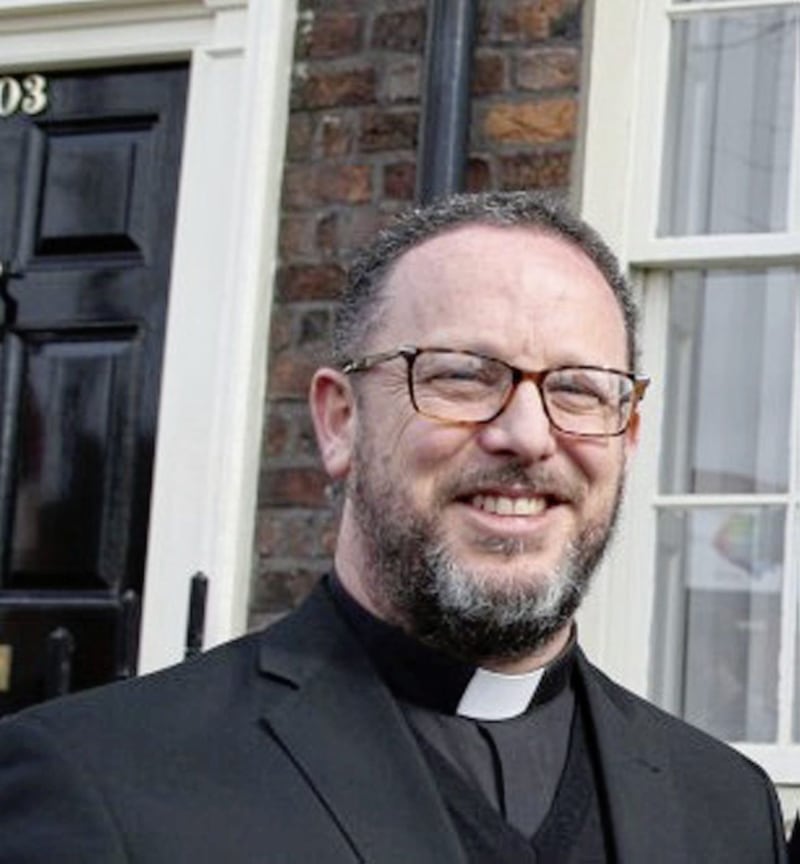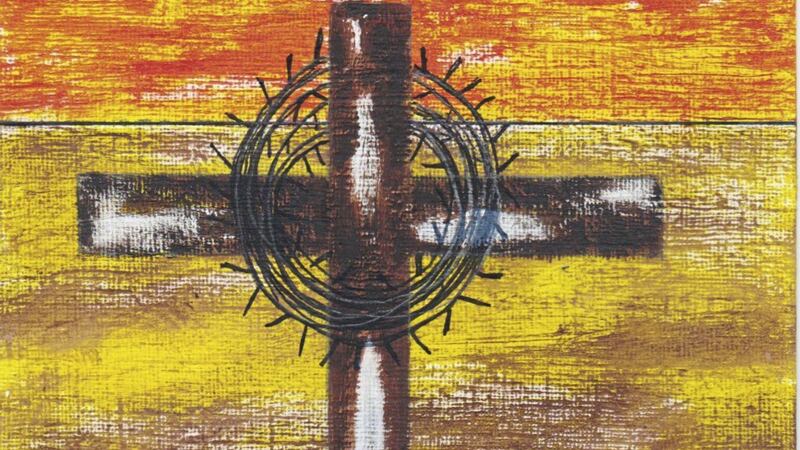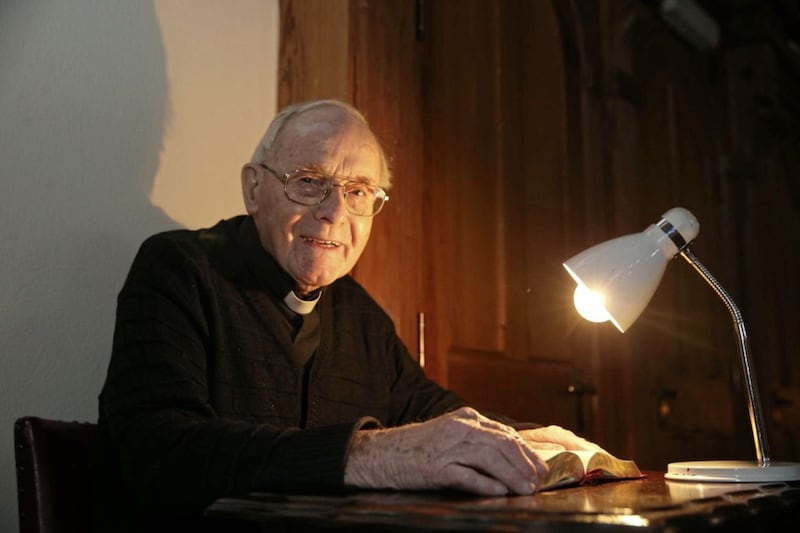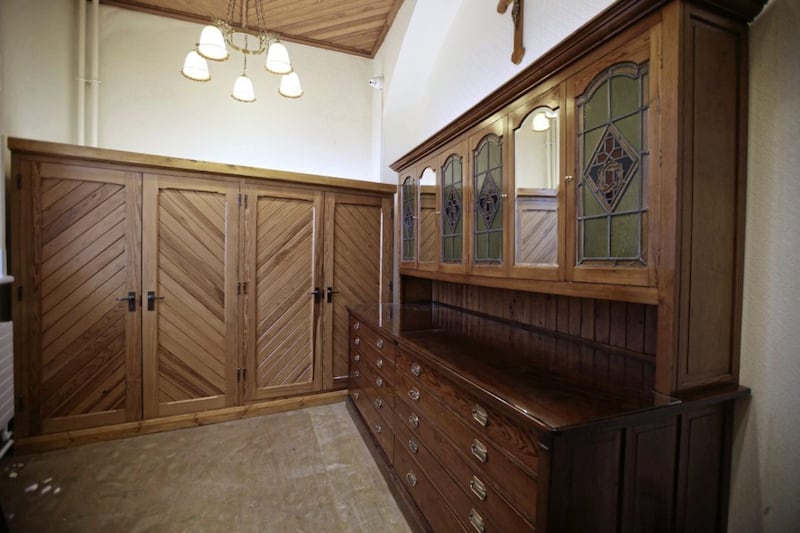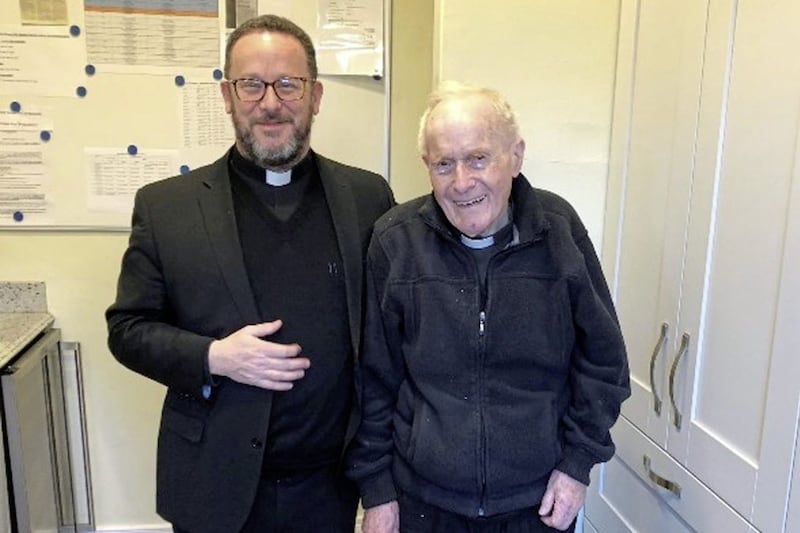LATE one night I woke up and reached out into the dark to switch on the radio.
I caught the end of an interview with a war photographer, a man who had known in his career the hells of Vietnam, Yugoslavia, Palestine and Iraq.
He was asked why he always shot his pictures in black and white and never in colour.
"I do it deliberately," he said. "With a photograph of suffering, if it's in colour, people look at the blood; if it's in black and white, they look at the eyes.
"I want them to look at the eyes and see the person there."
He could have been speaking about the liturgy of Good Friday.
Tomorrow, the liturgy is effectively in black and white: very little music, no bells, altars stripped, the sensual richness of Christian worship stripped back, nothing to attract or sooth the senses.
It lets the suffering of Christ and the horror of his Cross stand out in stark monochrome; it makes us look at the eyes, and see the person.
Holy Week is about the foundation stones of Christian faith - the Cross, the Resurrection and the Eucharist - and the mysterious link between them.
It is about reliving them to remind ourselves that these events took place in history as facts, yes; but first of all, to bring ourselves face to face with the fact that these events live on in us for all time.
On Good Friday at 3 o'clock and 7 o'clock, in the Liturgy of the Lord's Passion and in the Stations of the Cross, we walk in memory with Jesus to Calvary.
It is not in the Catholic practice a "holy day of obligation" yet at these times, churches are packed.
On Good Friday, Jesus took the splinters of suffering in our lives and made them into a cross; he was nailed to it, and died; he absorbed all our sufferings into his
Why do so many need to reimagine and relive the death of God on a cross - an instrument of torture designed by the Roman state to teach fear?
Why? Because it draws our sympathy and compassion, yes. But more, because it is a truth of life, that whatever others see, there is a splinter of the Cross pressed deep into the flesh of most lives.
What will you see as you gaze at the Cross? The pain, the times of futility, the mess we sometimes make?
The falseness, the mistakes, the consequences? The child filled with fear; the woman who has miscarried; the young person filled with confusion?
The isolated, the friendless, the wounded? Those who have come to know, only too well, the meaning of the word suffering? And the secret splinters in all our lives that only we know.
On Good Friday, Jesus took the splinters of suffering in the lives of the billions of humans from all time past and all time future - including yours and mine - and made them into a cross; he was nailed to it, and died; he absorbed all our sufferings into his.
He takes them still. The Cross is important because suffering is so much part of human life; and it is important that Jesus suffered too.
In his Cross is compassion for our crosses. He does not take the suffering out of life but spills his blood on it and fills the suffering of life with meaning.
He takes the cross - an instrument of torture designed to teach fear - and uses it to teach us hope. In the Cross he is saying: "I am with you - this will not have the last word."
That is why the Cross draws like a magnet. That is why it is not enough to gaze. There is a visceral need to touch the wood - a gesture by which we join our wounds to his.
As you - as we - walk to Christ's cross on Good Friday, let's remember the insight of that war photographer: don't look at the blood; look at the eyes; see the person.
Fr Eugene O'Neill is administrator of St Patrick's parish in Belfast.
